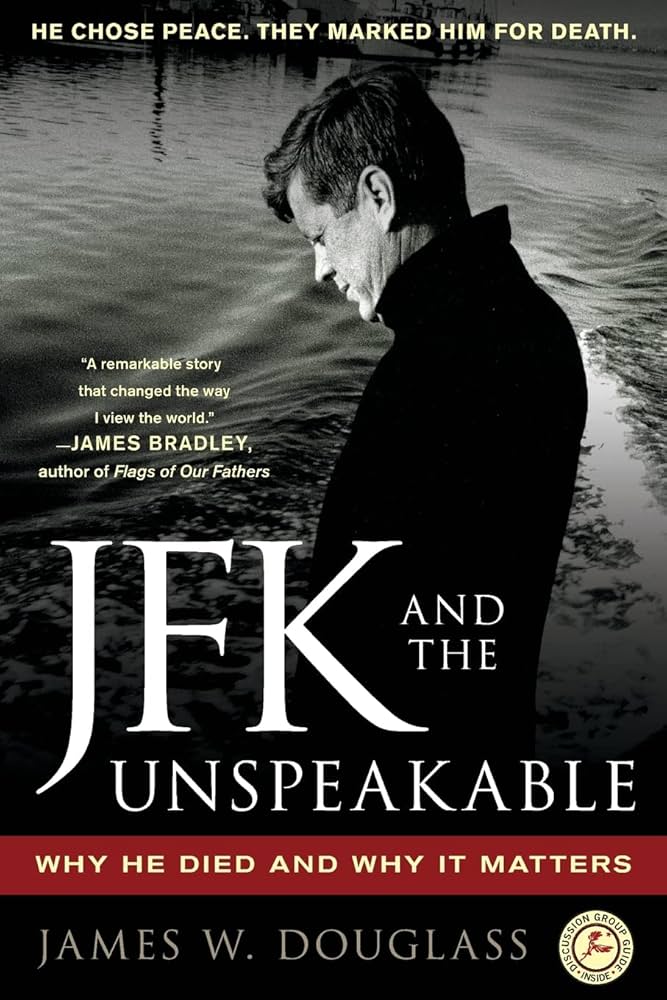
Understanding the Risks and Influence of Nuclear Weapons
The explosion of the first hydrogen bomb—a blinding flash followed by a massive mushroom cloud—signified a crucial point in human history. This tremendous blast, part of “Operation Ivy” in 1952, irrevocably altered the geopolitical and humanitarian fabric of the globe. Reflecting on this and other historic test footage, we experience both awe and concern regarding the vast power of nuclear weapons.
Though many clips and photographs date back decades, the contemporary nuclear arsenal has transformed significantly. Today’s warheads are not only more compact and effective but also unimaginably more destructive. The notion that a technical failure or cyber intrusion could trigger such a weapon and alter civilization as we know it is not merely a Hollywood fantasy—it’s a verified risk. To comprehend how we arrived at this juncture, we must delve into the science of nuclear weapons, their advancements through history, and the implications of even one explosion.
How Nuclear Weapons Operate
Nuclear weapons harness their tremendous energy from the nucleus of atoms, accessed via nuclear fission and fusion.
Nuclear Fission
Fission happens when the nucleus of a dense atom—such as Uranium-235 or Plutonium-239—is hit by a neutron, leading it to divide into smaller atoms. This reaction emits a significant quantity of energy and additional neutrons that can then split more atoms, resulting in a chain reaction. It is this self-sustaining reaction—momentarily confined by the bomb’s casing—that triggers the explosion. This principle powered the initial nuclear weapons, including those released on Hiroshima and Nagasaki.
Nuclear Fusion
Fusion, on the other hand, entails combining two light hydrogen atoms (usually isotopes like deuterium and tritium) into a singular helium atom. This reaction releases even greater energy than fission and occurs under extreme temperature and pressure—conditions conveniently provided by fission reactions.
Fusion is the same phenomenon that fuels the sun and other stars. Mastering it on Earth, however, required years of experimentation and research, culminating in hydrogen bombs or “thermonuclear” weapons.
The Development of the Bomb: A Chronology
Atomic Bombs – World War II
The first atomic bombs, dropped on Hiroshima and Nagasaki in 1945, were powered by fission. “Little Boy” and “Fat Man” used Uranium-235 and Plutonium-239, respectively, generating explosions equivalent to 15,000 and 21,000 tons of TNT. This was sufficient to obliterate entire cities and directly kill over 200,000 individuals, with countless more succumbing to radiation and injuries later.
Hydrogen Bombs – Post-War Years
Recognizing the limits of fission, scientists advanced towards thermonuclear weapons. These hydrogen bombs utilized nuclear fusion, producing temperatures and luminosities comparable to the sun’s surface. By the 1950s, test detonations of H-bombs resulted in explosions in the megaton range—hundreds of times more powerful than the bombs utilized during WWII.
Modern Nuclear Warheads – Compact Destruction
Currently, nuclear weapons are intricately designed devices consisting of two stages: a fission “primary” and a fusion “secondary.” Chemical explosives compress a plutonium core to initiate fission, which subsequently creates the necessary conditions for fusion in the secondary core.
Contemporary warheads employ a fuel configuration including lithium deuteride encased in layers of uranium. The fusion reactions release neutrons that then provoke further fission in surrounding uranium, resulting in dramatic energy production from both processes. With this “symbiotic” chain reaction, modern warheads can yield several megatons of TNT, while being housed in missile-ready casings no larger than a car’s engine block.
The Detonation: What Occurs When a Nuclear Bomb Is Fired?
Detonating a nuclear weapon has repercussions that extend well beyond the immediate explosion zone. Let’s examine the details:
Immediate Consequences
– Thermal Radiation: Roughly 35% of the energy manifests as heat. A 1-megaton blast inflicts fatal third-degree burns within a 10-kilometer radius.
– Blast Wave: High-pressure waves create winds of up to 255 km/h. Structures within 6 km are leveled. Survivors in basements may find themselves drowning in debris or suffocating due to fires and loss of oxygen.
– Flash Blindness: The emitted light can result in temporary or permanent blindness over extensive areas.
Radiation and Fallout
– Initial Radiation: Gamma rays and neutrons released near the explosion site lead to acute radiation sickness.
– Fallout: Radioactive fragments from vaporized structures, soil, and the bomb itself create a mushroom cloud. Over time, material condenses and falls back, sometimes landing hundreds of kilometers away as radioactive precipitation (also referred to as “black rain”).
Outside the Impact Zone – Global Ripple Effects
Today’s interconnected systems ensure that the reverberations of a nuclear detonation are felt even in distant nations.